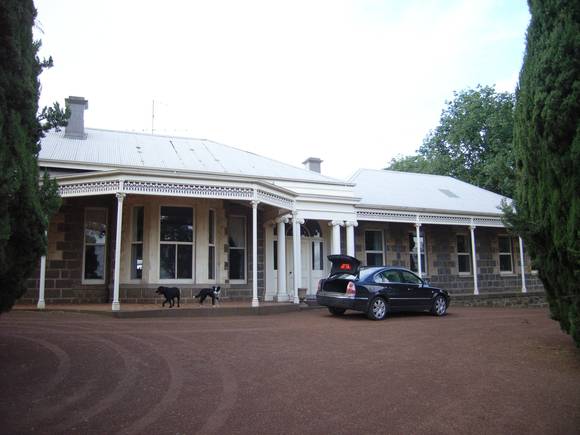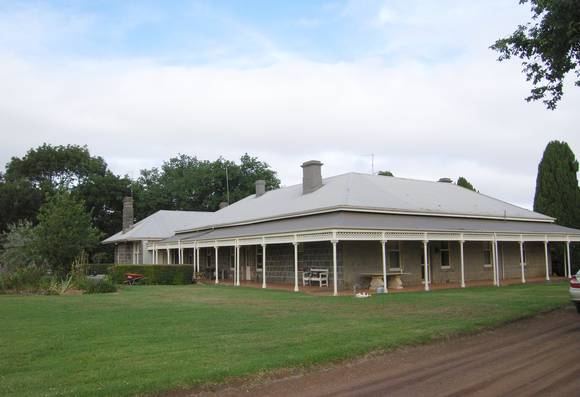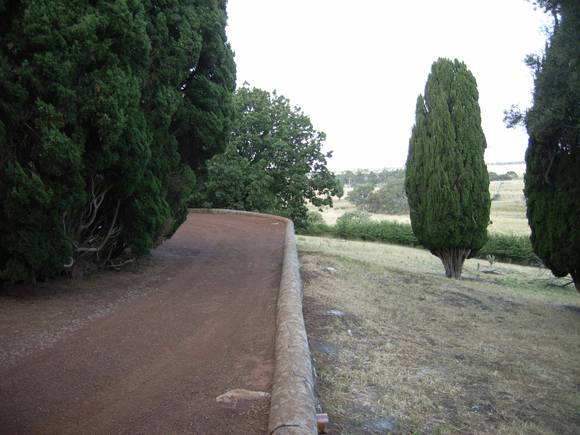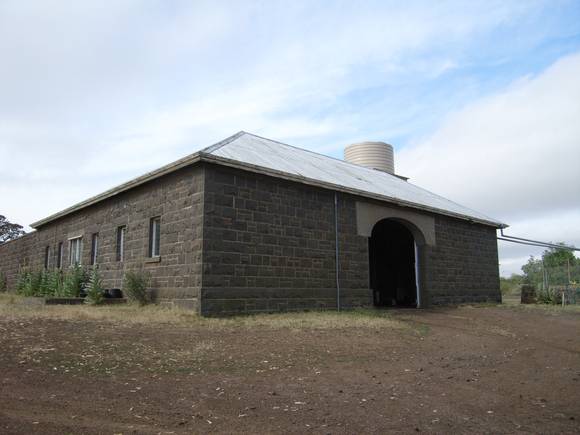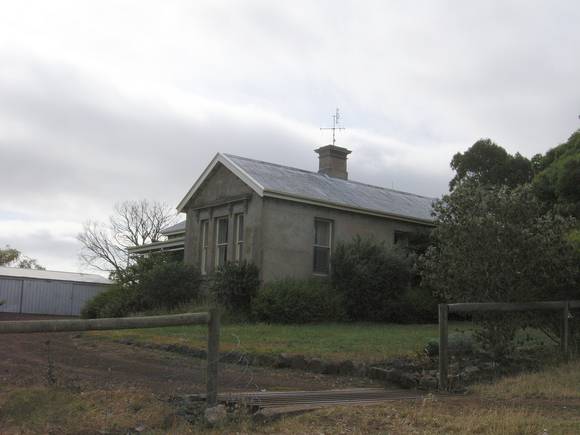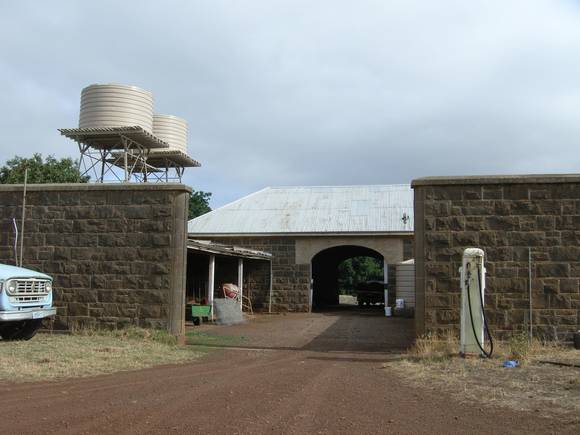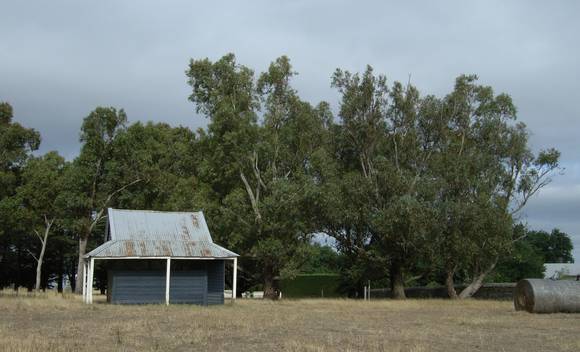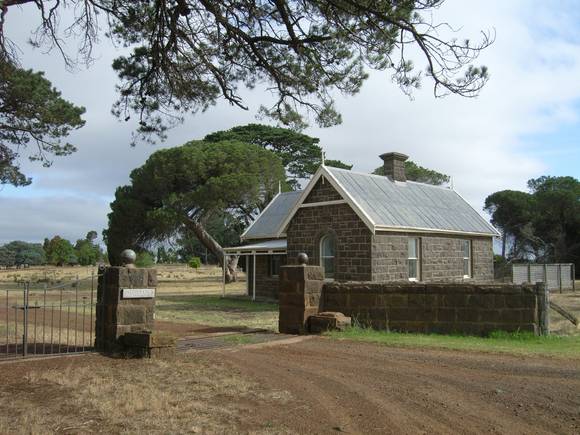| Back to search results » | Back to search page » |
|
MERRANG HOMESTEAD
Location1830 WOOLSTHORPE-HEXHAM ROAD HEXHAM, MOYNE SHIRE
File Number603167LevelRegistered |
|
Statement of Significance
What is significant? In 1856, Scot settler Robert Hood, who owned the nearby Bolac Plains run, purchased Merrang from the Trustees of his father-in-law, Adolphus Sceales, who had bought the property from Farie. During Robert Hood's ownership, Merrang became famous for its Lincoln sheep stud which was established in 1872. Hood was active in a wide range of pastoral and municipal affairs. He was one of the originators and president of both the Long Woolled Association of Victoria and the Australian Sheepbreeders' Association of Australia. He also served for many years on the shire councils of Warrnambool and Mortlake. Merrang has stayed in Hood family ownership since the death of Robert Hood in 1891 and three succeeding generations of the Hood family have served as councillors on the Mortlake Shire. In the twentieth century, Merrang became renowned for its Polwarth stud started from the Merrang Lincolns in 1924. While reduced in acreage over the years, Merrang has remained a prominent Western District pastoral property. It retains a number of fine buildings and the picturesquely sited Hood family graveyard. Merrang is of historical and aesthetic significance for the Hood family cemetery, which is a rare example of a private family cemetery in Victoria, established prior to government requirements for burial in public cemeteries.
The encouraging reports of Major Mitchell of rich grazing land south of the Murray River and the push of Launceston pastoralists into inland areas beyond the coastal whaling and sealing stations on the Portland and Port Fairy Bays ensured the rapid development of the western areas of the Port Phillip District. The Watson brothers, who had been the first of the settlers to sight the Hopkins River in 1839, were sufficiently impressed to immediately take up a pastoral run on the west bank of the river which they named Merrang. In 1841 Claude Farie, in partnership with George Rodgers, took control of the Watson Brothers property and Farie probably built a timber cottage on the property which is mentioned in the diary of Mrs Perry, wife of the first Bishop of Melbourne when she stayed there on 13 April 1848.
In 1859, Robert Hood erected a four room stone cottage which has become the basis of the present homestead. According to station accounts, the addition of the substantial single storey Italianate style extension to the cottage with its impressive Ionic entrance portico was begun in 1865. In 1875, the timber-posted verandah to the old cottage was removed and the new cast iron return verandah was erected, providing the means for the visual unification of the 1859 and 1865 sections of the house. The iron verandah, gatekeeper's lodge and station outbuildings were all erected in 1875 to a design by Warrnambool architect Andrew Kerr. A fire in 1917 reduced the large bluestone stables to a fraction of their former size.
How is it significant?
Merrang is of architectural, historical and aesthetic significance to the State of Victoria.
Why is it significant?
Merrang is of historical significance for the continuous association with the pioneering Hood family of which succeeding generations have made substantial contributions to Western District pastoral and civic affairs. Merrang was famous as a Lincoln sheep stud in the 1870s and renowned for its Polwarth stud which was started from the Merrang Lincolns in 1924.
Merrang is of architectural significance for its Italianate styled homestead building which is considerably enhanced by its unusual and impressive Ionic portico. The 1875 verandah to the front and sides of the house designed by Warrnambool architect Andrew Kerr, successfully visually unites the appearance of the house which has evolved since 1856. The Merrang homestead, the Picturesque gatekeeper's lodge and outbuildings are notable elements of this early Western District property.
[Online data upgrade project 2005]
Group
Cemeteries and Burial Sites
Category
Cemetery Gates/Fences


